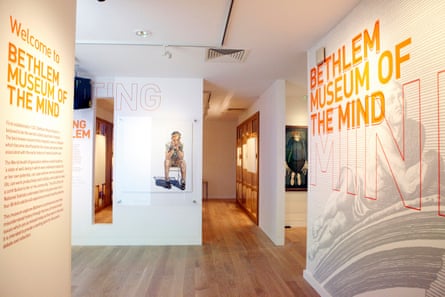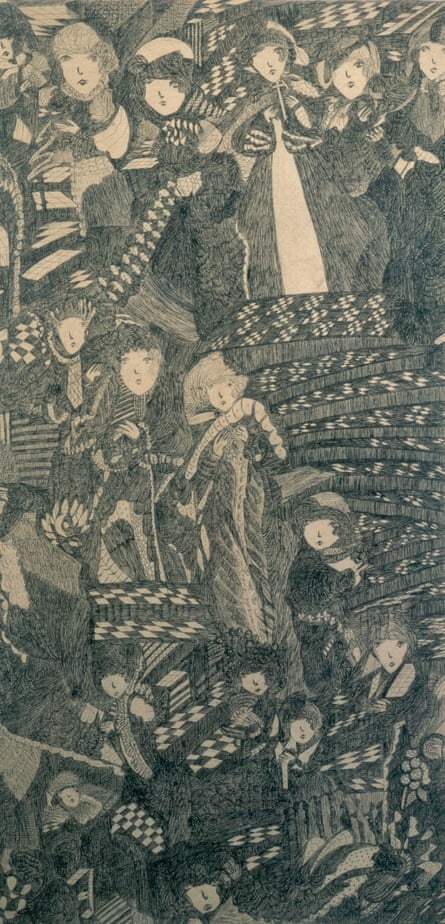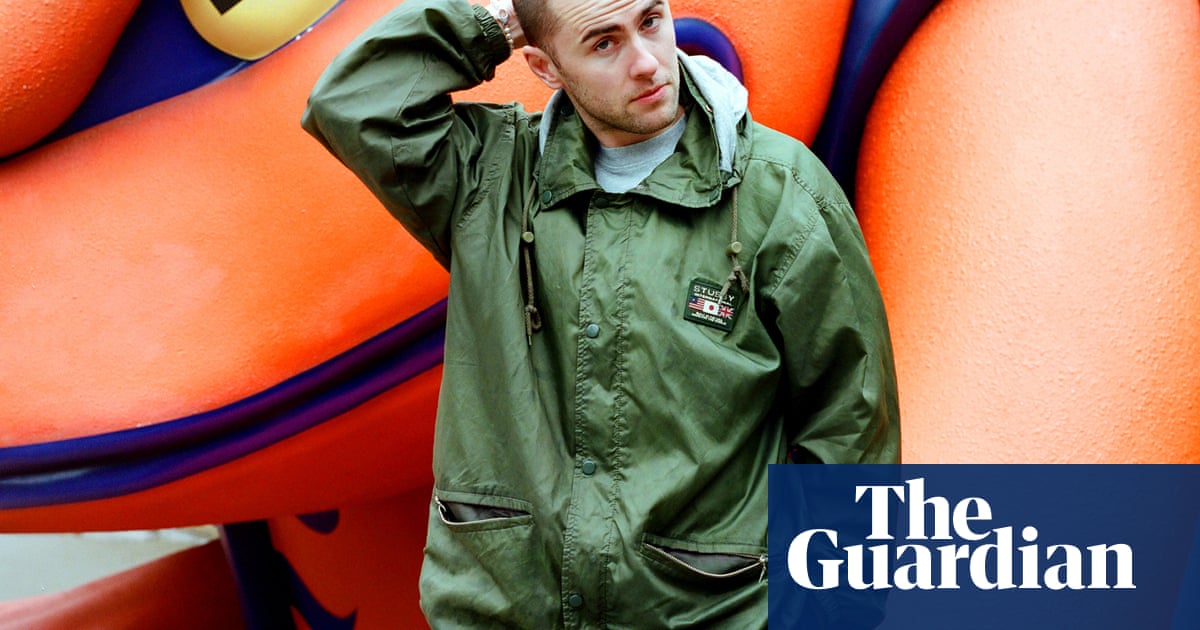The vivid dream that vanishes on waking but fragments of which remain tantalisingly out of reach all day. Powerful emotions – tears, terror, ecstasy, despair – caused not by real events, but by the brain’s activity between sleeping and waking.
Dreams and nightmares have long been studied by psychologists. Now they are the subject of a new exhibition featuring several artists that were patients at the world’s oldest psychiatric hospital, Bethlem (sometimes known as Bedlam), and its sister institution, the Maudsley hospital.
It includes paintings by Charlotte Johnson Wahl, the late mother of Boris Johnson, who spent eight months as a patient at the Maudsley after a breakdown when her four children were aged between two and nine. She created dozens of paintings while there, and held her first exhibition which sold out. “I couldn’t talk about my problems, but I could paint them,” she said later.

Rachel Johnson, her daughter, said in an interview earlier this year that her mother’s stay at the Maudsley “gave her relief from domesticity, and time to paint. We always accepted that painting was like oxygen to her. But when she returned to us, we could see she was still very ill.”
Two of Johnson Wahl’s paintings are included in the exhibition, Between Sleeping and Waking: Hospital Dreams and Visions, which opens at the Bethlem Museum of the Mind in August.
The centrepiece of the show is a huge installation, Night Tides, by contemporary artist Kate McDonnell. She uses swathes of bedding woven with disordered words to evoke the restlessness and clashing thoughts of insomnia.
According to Caroline Horton, professor of sleep and cognition and director of DrEAMSLab at Bishop Grosseteste university in Lincoln, “dreaming occurs during sleep, and sleep is essential for all aspects of mental and physical health.
after newsletter promotion

“We all dream each night, even if we don’t remember those experiences. This exhibition captures the intrigue of our night-time experiences, both positive and negative, while showcasing their intricate relationship with our mental health.”
Among other works featured in the exhibition is London’s Overthrow by Jonathan Martin, an arsonist held in the “criminal lunatic department” of Bethlem hospital from 1829 until his death in 1838. In 2012, the Guardian described it as a “mad pen-and-ink depiction of the capital’s destruction due to godlessness”.
In 1828, Martin, who was driven to expose corruption within the church, had delivered warnings to clergy in York, urging them to repent of the “bottles of wine, and roast beef and plum pudding”. When they failed to respond, he set fire to York minster. At his trial, he was found not guilty by reason of insanity.
An illustrated poem, “Epitaph, of my poor Jack, Squirrel”, by James Hadfield, one of Bethlem’s most notorious patients, who spent 41 years in the hospital, will be on display for the first time. Experiencing delusions about the end of the world, Hadfield became convinced that he must sacrifice himself to save humankind. He decided to engineer a situation where his life would be taken by others – an attempt to kill King George III.
He was arrested and his lawyer successfully argued at his trial that he was “incurably insane”, and he was sent to a cell in Bethlem rather than prison. At the hospital, he was allowed pets, including squirrels, and he sold pictures of them to visitors. His autopsy revealed severe brain injuries dating back to his years as a young soldier.
The dream diaries of a Maudsley psychiatrist, Edward Hare, will also be on display for the first time. Over half a century, from the 1940s to the 1990s, Hare recorded his impressions on waking of his dreams from the mundane to the fantastical.
Colin Gale, director of the Bethlem Museum of the Mind, said the artwork in its collections reflected “an entire spectrum of dreams identified by sleep researchers”.
-
Between Sleeping and Waking: Hospital Dreams and Visions is at the Bethlem Museum of the Mind in Beckenham, London, from 14 August. Admission is free.

 7 hours ago
1
7 hours ago
1










 English (US)
English (US)